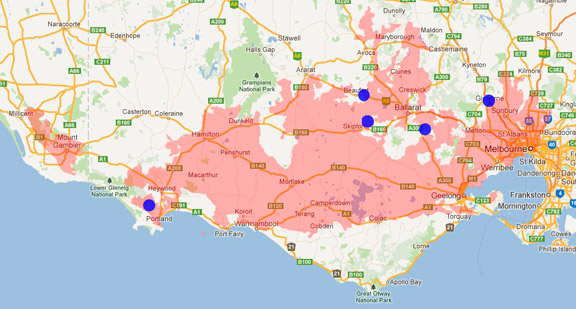A range of teacher professional learning programs will be developed to accompany the Biodiversity of the Western Volcanic Plains online outreach...

Swamp Everlasting
Xerochrysum palustre
Perennial with underground stems (rhizomes). Grows in boggy ground, swamps, winter-wet grasslands and along swampy waterways. The now scattered and sparse populations of this species are most likely due to the extensive drainage of wetlands for agriculture.
| Details | Description |
| Type | Herb |
| Group | Daisy |
| Former Scientific Name | Bracteantha palustris |
| Identifying Characteristics | |
| Distinctive Features | Has short, cobweb like hairs on the margins of the leaves and stems. Large yellow daisy flowers. |
| Life Form Group | Herb |
| Life Form Codes | Large Herb (LH) |
| EVC types | EVC 125: Plains Grassy Wetland |
| Native Status | Native to Australia |
| Taxonomy | |
| Phylum | Charophyta |
| Class | Equisetopsida |
| Order | Asterales |
| Family | Asteraceae |
| Genus | Xerochrysum |
| Species | palustre |

Distribution maps indicate current and historic locations where species have been sighted.
Source: Atlas of Living Australia
| Endangered Status | |
| DEPI Advisory List | Vulnerable |
| FFG Act | Listed as threatened |
| EPBC Act | Vulnerable |
| FFG Action Statement |
The conservation status of species is listed within Victoria and Australia.
The Department of Environment and Primary Industry (DEPI) Advisory List consists of non-statutory advisory lists of rare or threatened flora and fauna within Victoria.
The Flora and Fauna Guarantee Act 1988 (FFG Act) lists threatened species in Victoria. Under the Act, an Action Statement is produced for each listed species.
The Environment Protection and Biodiversity Conservation Act 1999 (EPBC Act) is the Australian Government’s key piece of environmental legislation, listing nationally threatened native species and ecological communities.



